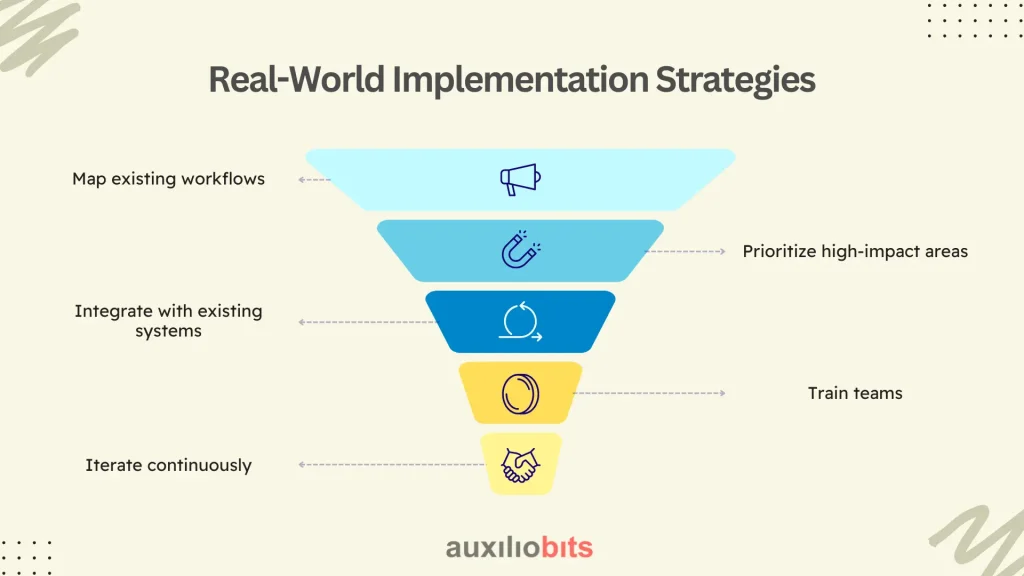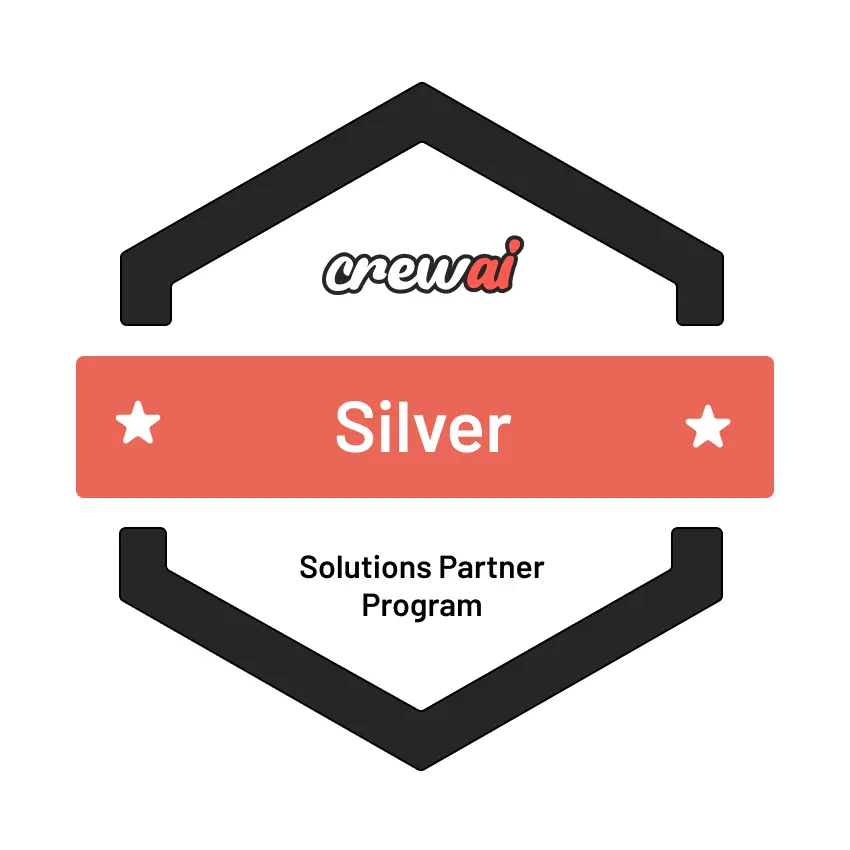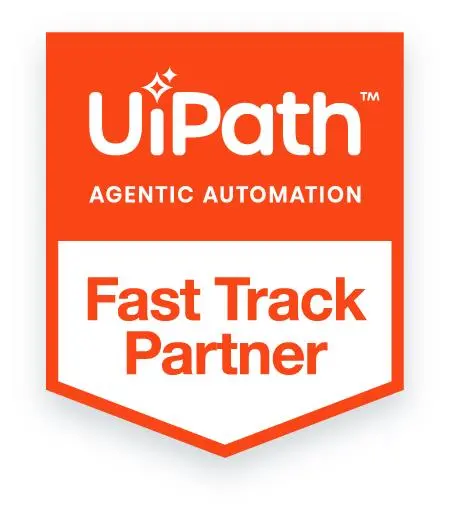Key Takeaways
- Orchestration agents reduce administrative friction by automating approvals, asset versioning, and reporting, freeing teams to focus on creativity and strategy.
- Real-time insights enable proactive campaign adjustments rather than reactive problem-solving.
- Centralized workflows and contextual reminders prevent bottlenecks and keep stakeholders aligned.
- Effective performance relies on seamless integration across DAMs, CRMs, analytics dashboards, and marketing platforms.
- Agents amplify human creativity by handling repetitive coordination and performance tracking, allowing marketers to experiment and innovate faster.
Marketing operations have always lived in a paradoxical space: simultaneously strategic and painfully tactical. Teams are expected to deliver campaigns that are both creative and measurable while juggling approval loops, content iterations, and performance reporting. For years, this tension was managed with spreadsheets, project management tools, and endless email threads. But the complexity has grown beyond what static systems can handle efficiently. Enter marketing‑operations orchestration agents—autonomous digital agents capable of coordinating creative workflows, managing approvals, and tracking campaign performance in real time.
These agents are not some futuristic concept. They are practical tools already reshaping how mid-to-large marketing teams operate, and understanding their role requires a closer look at the real-world dynamics of marketing operations.
Also read: Agentic portfolio rebalancing: real‑time decisions using NVIDIA accelerated models
The Challenge of Modern Marketing Workflows
Consider a typical campaign. You might start with a creative brief, move through multiple design iterations, then navigate approvals from product managers, legal, compliance, and sometimes even finance. Finally, the content hits multiple channels: social media, email, display advertising, and perhaps programmatic video.
At each stage, manual processes slow things down:
- Approval bottlenecks—Different stakeholders have different priorities and schedules. Feedback loops stretch into days, sometimes weeks.
- Version chaos – Multiple design iterations often live in silos: local drives, shared folders, or scattered cloud storage. Teams waste hours figuring out which asset is current.
- Performance blind spots—Tracking campaign metrics across platforms requires manually aggregating data from Google Ads, Facebook Ads Manager, CRM reports, and web analytics..
The cumulative effect is lost time, duplicated effort, and frustration. Even the most disciplined operations team finds itself firefighting, rather than optimizing strategy.
How Orchestration Agents Fit In
Orchestration agents are a class of intelligent assistants designed to manage workflows across marketing operations. They are built on three foundational capabilities:
- Task Coordination and Automation—They can assign tasks, track deadlines, and nudge stakeholders for approvals.
- Context-Aware Decision Making—They understand campaign priorities, channel constraints, and brand guidelines, allowing them to preemptively flag potential conflicts.
- Real-Time Insights—They collect and analyze performance metrics continuously, helping teams respond faster and make data-driven adjustments.
Think of them as a hybrid between a project manager, a workflow automation tool, and a performance analyst—but with the autonomy to orchestrate activities rather than just report on them.
Managing Creative Workflows
Creatives are the lifeblood of marketing. Yet, paradoxically, they are also the most prone to process inefficiencies. Orchestration agents can manage creative workflows by:
- Tracking asset versions: Automatically maintaining a single source of truth for all campaign materials, ensuring everyone works on the latest design or copy iteration.
- Enforcing brand guidelines: Scanning content for compliance with predefined visual, copy, or legal standards before submission for approval.
- Predicting bottlenecks: Identifying likely delays based on past project histories and proactively reallocating tasks or nudging contributors.
A large consumer tech company had over 500 active campaigns running concurrently. Before deploying orchestration agents, their creative team spent roughly 30% of their time on administrative coordination. Post-implementation, this dropped to around 10%, freeing designers and copywriters to focus on ideation rather than file chasing.
Streamlining Approvals Without Sacrificing Control
One of the trickiest parts of marketing operations is approvals. Multiple stakeholders, each with different expectations, can stall campaigns indefinitely. Orchestration agents help by:
- Automating routing: Based on the type of campaign or asset, agents can route creatives automatically to the relevant approvers. For example, legal reviews go only to legal, product approvals go to product managers, and so on.
- Contextual reminders: Instead of generic email nudges, agents can send targeted messages like, “This draft is 2 days past due and may delay the email launch scheduled for Friday.”
- Escalation paths: If an approver is unresponsive, the agent can escalate to a backup approver or adjust deadlines dynamically.
This is not about removing human judgment. On the contrary, agents ensure that approvals happen faster without cutting corners on compliance or brand integrity.
Real-Time Performance Tracking and Feedback Loops
Traditional marketing reporting is reactive. Teams analyze campaign metrics after launch, often discovering issues weeks later. Orchestration agents invert this paradigm by providing:
- Continuous monitoring: Campaign KPIs like click-through rates, conversions, and engagement are tracked in near real-time.
- Automated alerts: Agents can highlight underperforming assets or channels before a campaign’s budget is fully spent.
- Adaptive suggestions: Drawing from historical data, agents might suggest reallocating spend from a low-performing channel to one with proven ROI, or adjusting copy for better engagement.
Consider a global retailer managing a multi-channel holiday campaign. Agents flagged an underperforming social media ad mid-week, suggesting a tweak to the messaging and redirecting the budget. By the end of the campaign, the retailer reported a 12% lift in ROI compared to similar campaigns run manually in previous years.
Key Nuances and Pitfalls
Of course, orchestration agents are not magic. There are nuances to their deployment that teams should consider:
- Data dependency: Agents are only as good as the data they can access. Poorly integrated systems or outdated metrics can lead to misguided recommendations.
- Change management: Marketing teams must adapt to a new way of working. Some creatives or managers may resist automation, viewing it as micromanagement or an encroachment on their autonomy.
- Over-automation risk: Not every task should be automated. Strategic decisions, nuanced creative judgment, and sensitive approvals still require human oversight. Agents are best as coordinators and analysts, not replacements for creative leadership.
Real-World Implementation Strategies
Implementing orchestration agents successfully requires more than just technology. Teams must align on process, expectations, and data governance.

1. Map existing workflows
Document every step, stakeholder, and dependency in your current marketing operations. Identify repetitive or error-prone tasks suitable for automation.
2. Prioritize high-impact areas
Start with areas where time savings or error reduction are significant—creative version control, approval routing, or cross-platform reporting.
3. Integrate with existing systems
Agents work best when they have visibility across tools like marketing automation platforms, DAM systems, CRM, and analytics dashboards.
4. Train teams
Onboard marketing staff to interact with agents effectively. For example, define clear naming conventions for assets so agents can automatically categorize and route files.
5. Iterate continuously
Monitor performance metrics to fine-tune agent behavior. Use feedback from stakeholders to adjust routing rules, escalation paths, or KPI thresholds.
Tangible Benefits Observed in the Field
Several organizations have reported measurable improvements after introducing marketing‑operations orchestration agents:
| Metric | Pre-Agent | Post-Agent | Notes |
| Average time to approval | 4.5 days | 1.8 days | Faster routing and reminders |
| Creative iteration cycles | 3.2 per asset | 2 per asset | Reduced redundant edits |
| Campaign reporting lag | 7 days | 1 day | Real-time dashboards and alerts |
| Administrative workload | 30% of team time | 10% | Freed capacity for strategic tasks |
These numbers are not theoretical—they come from real deployments in consumer goods, tech, and retail sectors. They illustrate that the value of orchestration agents is not just efficiency but also the ability to make faster, more informed decisions.
Looking Beyond Efficiency: Strategic Value
It’s easy to frame orchestration agents as time-savers. But the strategic upside is more compelling:
- Agility: Teams can respond to market shifts quickly because bottlenecks are minimized.
- Consistency: Brand compliance and messaging uniformity improve across channels.
- Data-driven creativity: By integrating performance tracking, agents help teams learn what resonates with audiences faster, informing future campaigns.
In essence, these agents bridge the gap between creative ideation and operational execution. They don’t replace human creativity—they amplify it by removing friction.
Final Thoughts
Marketing‑operations orchestration agents represent a subtle but profound shift in how campaigns are managed. They are not about replacing teams or imposing rigid workflows. Rather, they are tools that orchestrate the complexity, handle repetitive coordination, and ensure performance visibility across channels.
For teams still buried in spreadsheets, approval emails, and fragmented dashboards, the message is clear: you don’t have to sacrifice creativity to gain efficiency. Intelligent orchestration agents make it possible to have both—and, if implemented thoughtfully, they might even give marketing teams back a little sanity along the way.








